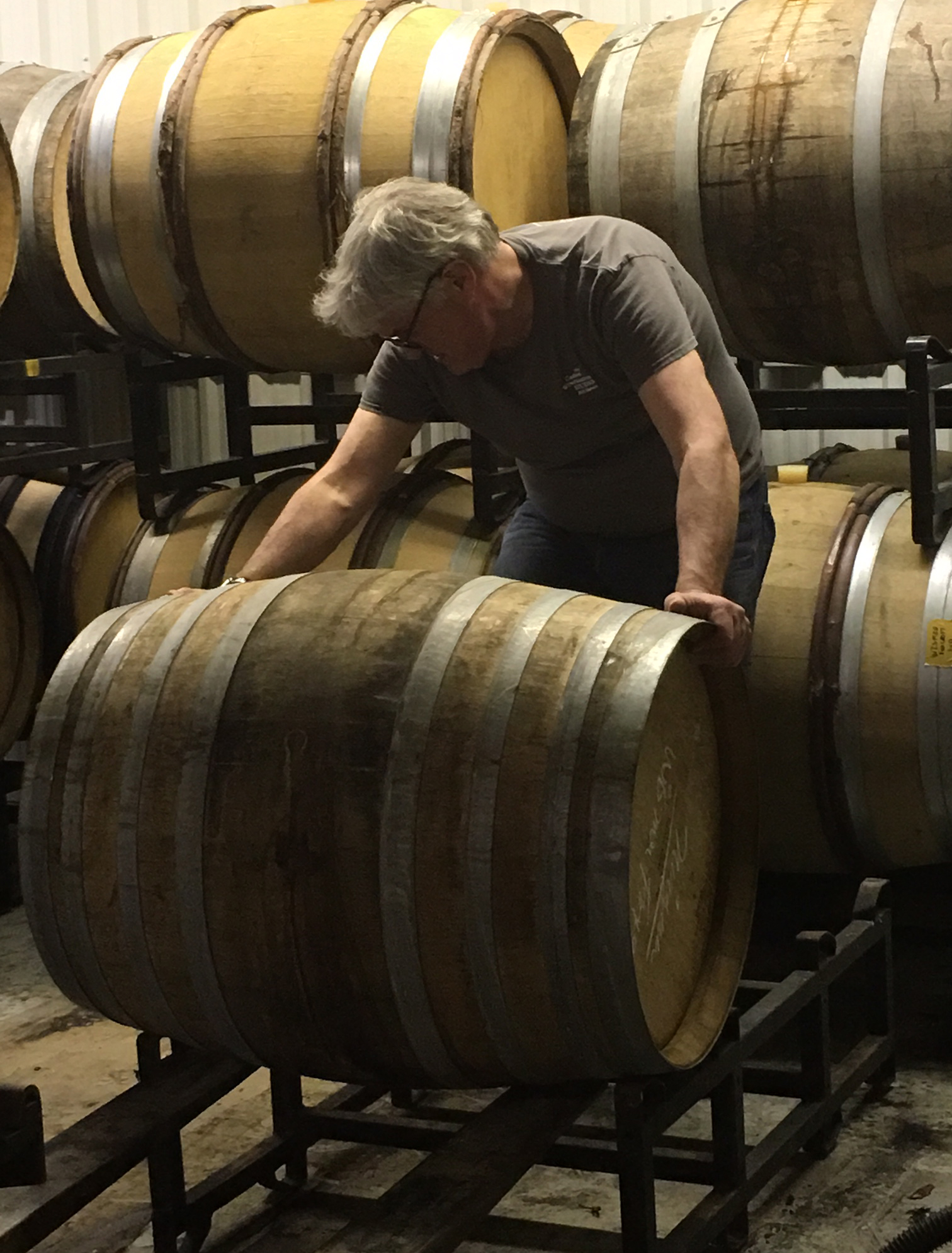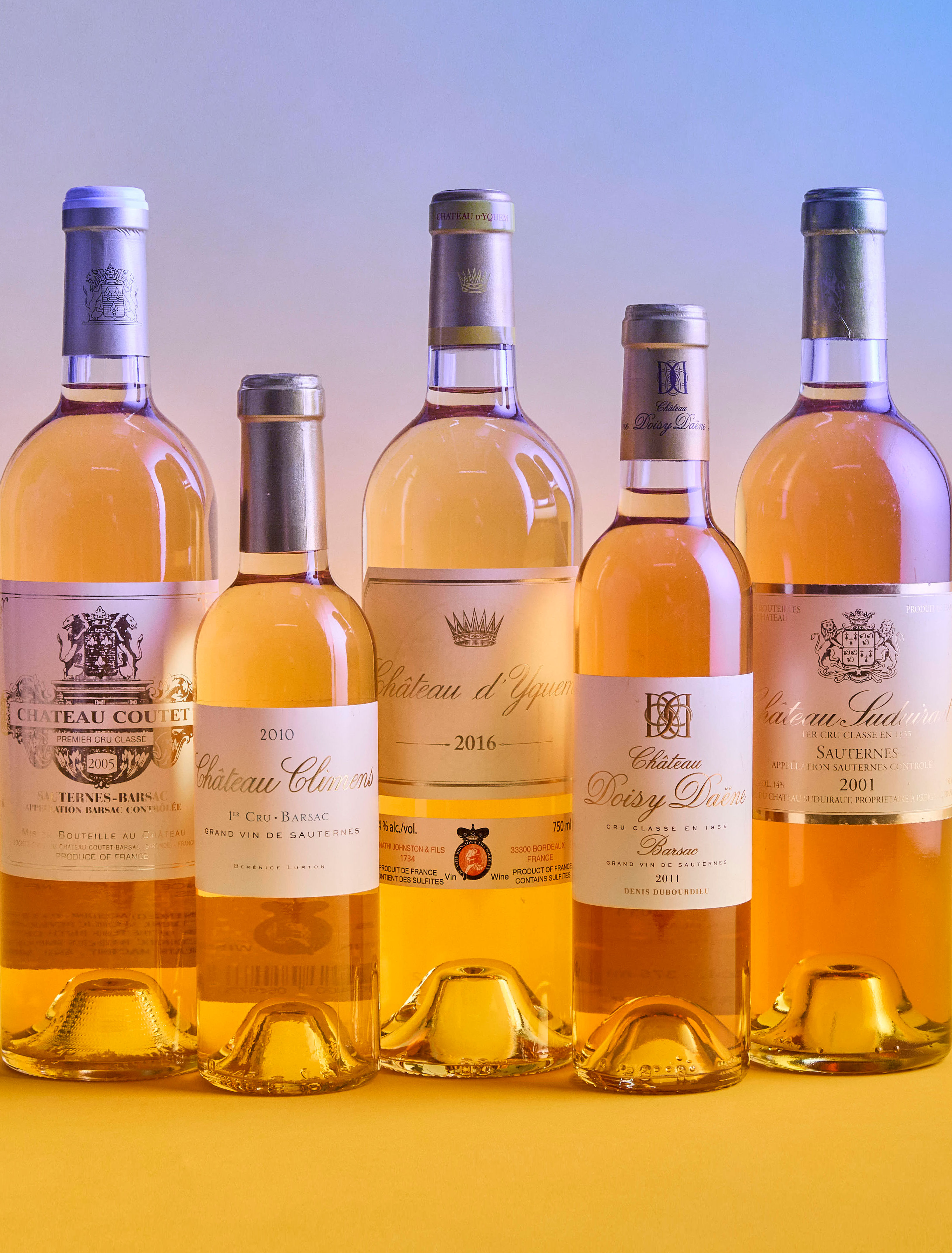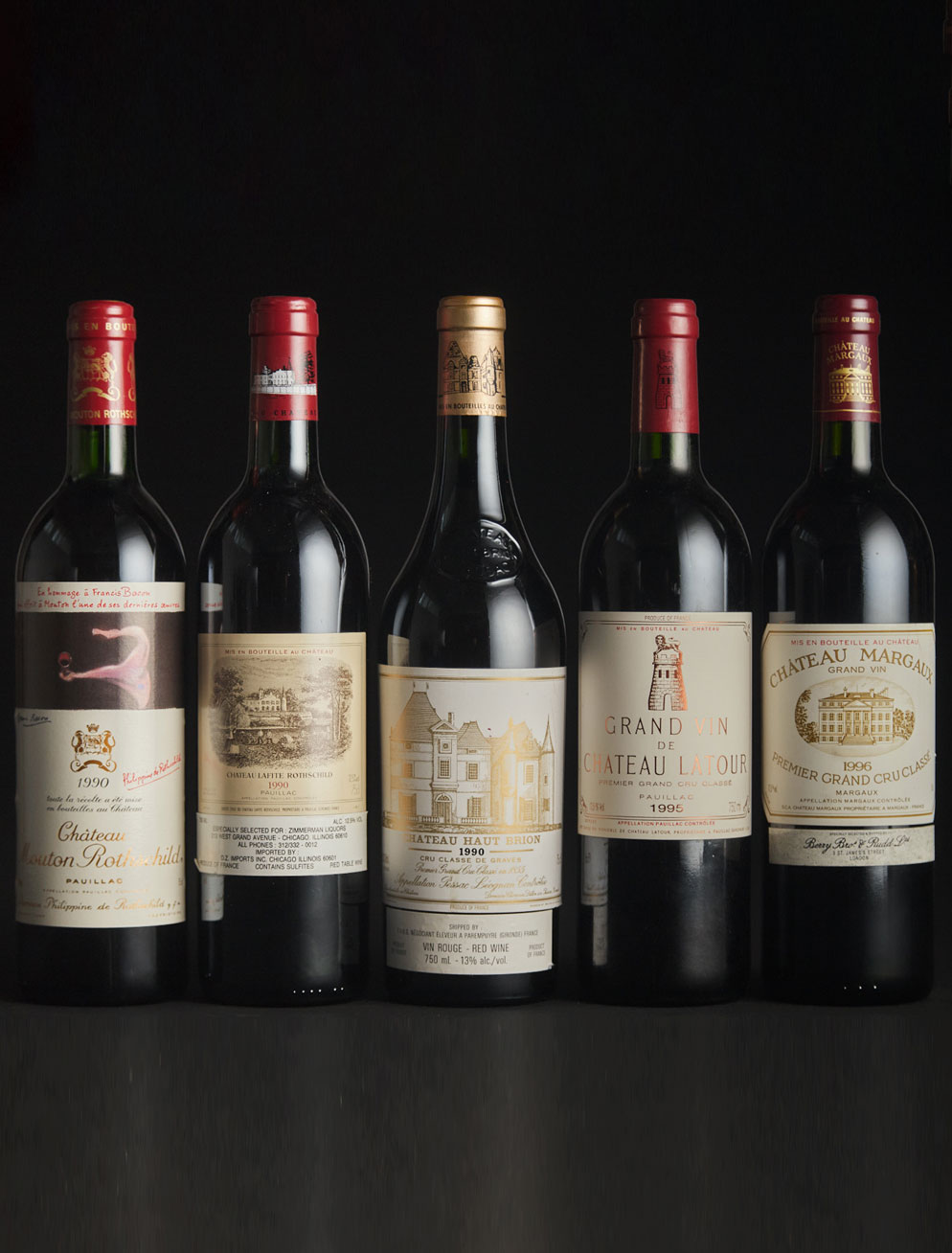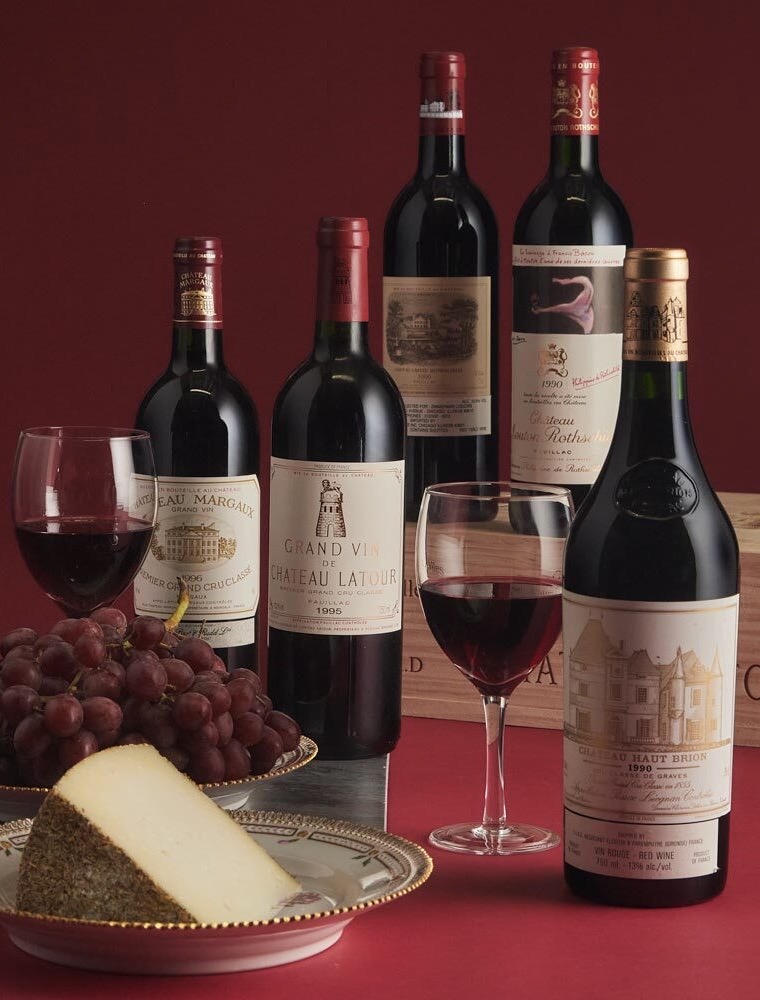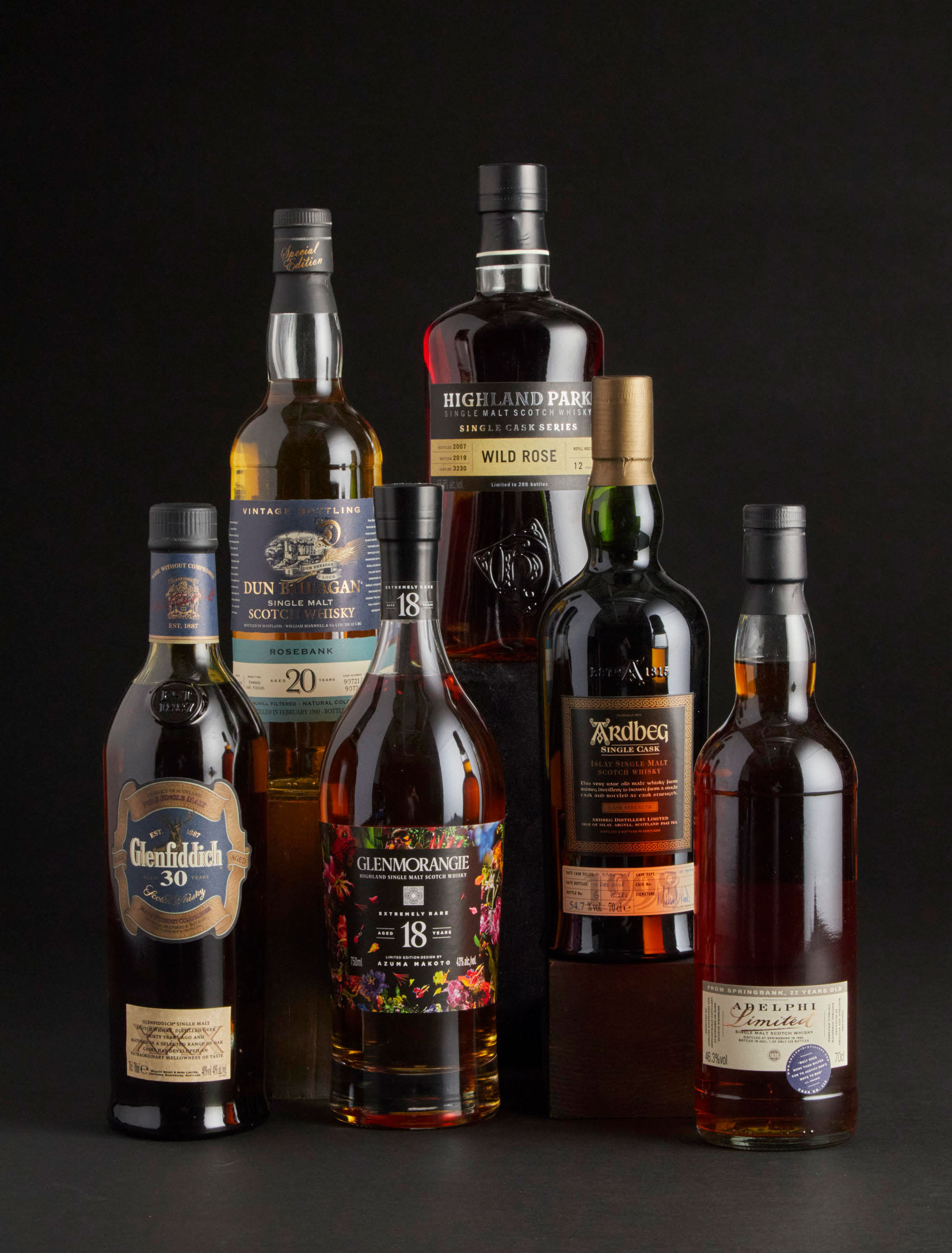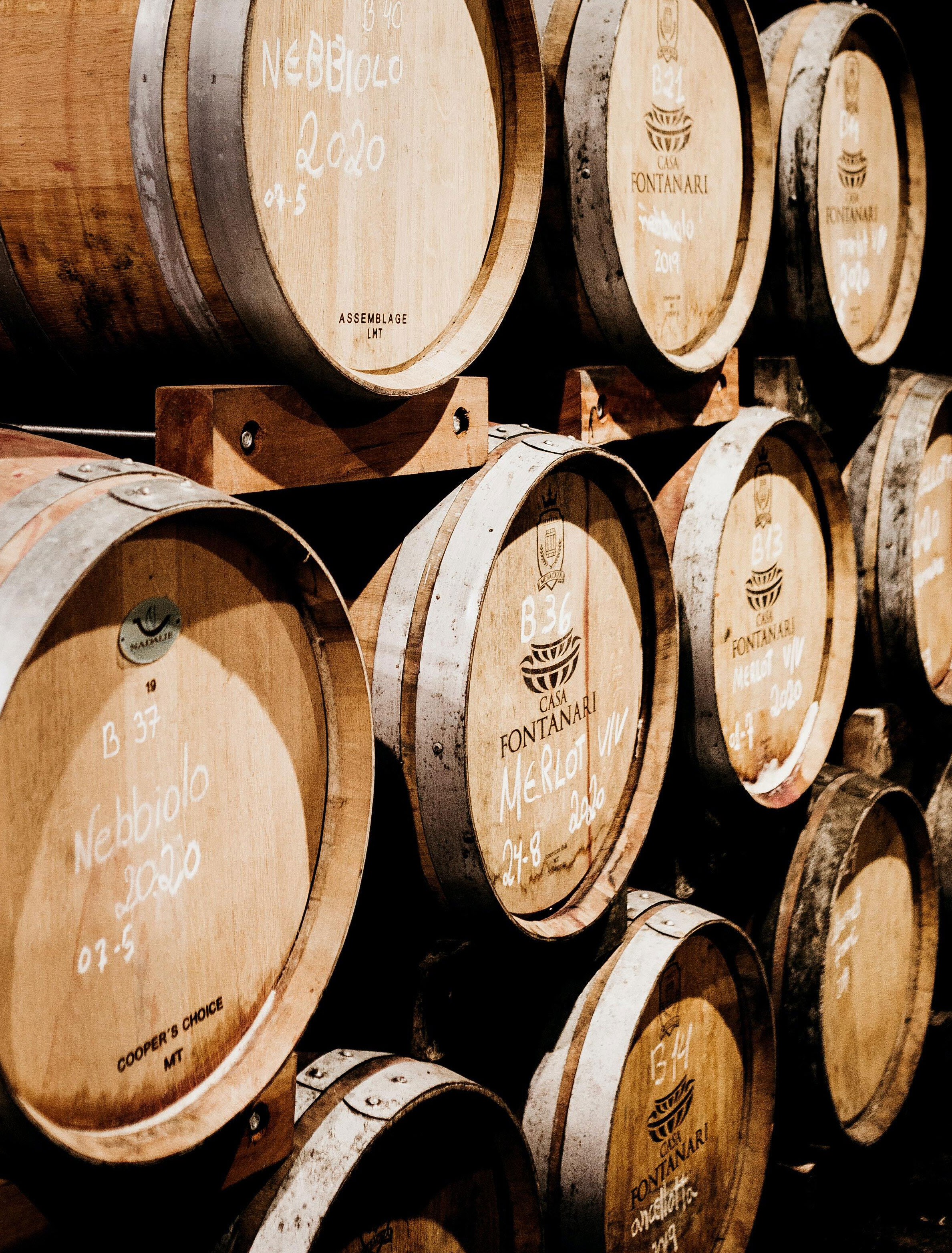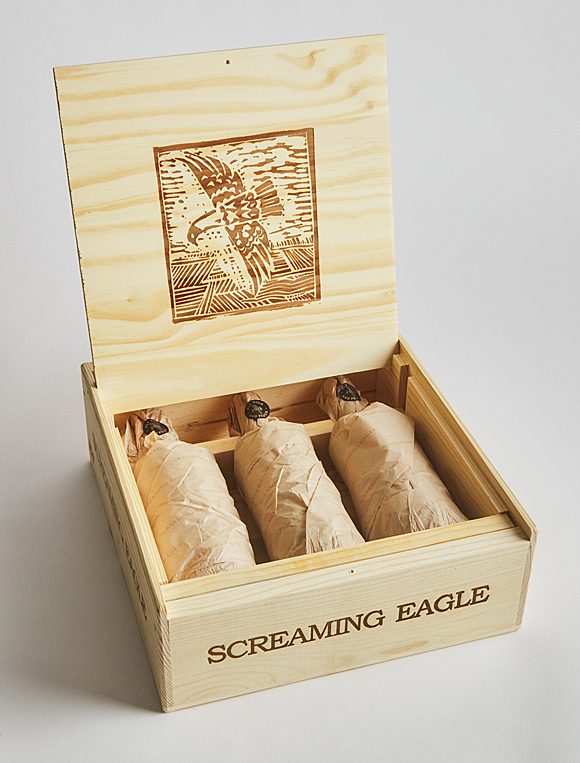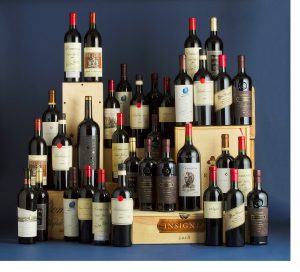
Did you know that President Lincoln was the first US President to purchase and serve California wine? Or that the most expensive agricultural land in the entire United States is in the Napa Valley?
Located in Northern California about a two-hour drive northeast of San Francisco, the region’s unique microclimates, geography and soil have allowed Napa to the become one of the finest winemaking regions in the world. Known for its exceptional Cabernet Sauvignons and Chardonnays, Napa is currently home to over 500 wineries. The region has seen explosive growth over the past few decades, a far cry from its humble roots.
From Church Wine to…Church Wine
Records show that grapes were planted in California as early as the 1700s. Some of the earliest wines were cultivated for religious use. These were field blends planted by Catholic missionaries, using a variety of Vitis Vinifera from Spain, which became known as as Mission grapes. By the 1800s, European immigrants began cultivating European vines, and the first commercial winery opened in California in 1833. Soon afterwards, vineyards began sprouting up across the state.
The first person to extensively plant grapes in Napa was George Calvert Yount. Yount had been granted a large tract of land by the Mexican government—at the time, the region was still a part of Mexico. As far back as 1836, Yount began planting vineyards, primarily of the Mission variety. The famous town and sub-region of Yountville are named after him.
The first official winery in Napa belonged to John Patchett, who received the region’s—and perhaps the state of California’s—first official review in 1860. Published in the “California Farmer Magazine,” the review stated that “The white wine was light, clear and brilliant and very superior indeed; his red wine was excellent; we saw superior brandy, too.”
The first commercial winery in Napa was established in 1861 by Charles Krug, who had previously worked for Patchett. A boom in wineries would follow, a growth of approximately 29,000% accelerated by the ever-expanding Pacific Railroad, which would reach the area in 1869. Many of these early wineries still exist, such as Beaulieu, Beringer, Chateau Montelena, Far Niente, Inglenook, and Schramsberg.
Napa was to experience another stratospheric rise in the 1970s.but it is important to note that the region was producing some fine wines over the previous century. As an example, wines from Schramsberg were served by President Benjamin Harrison in the 1890s at official state functions at the White House.
Napa became a victim of its own success, too many grapes were grown at the end of the 19th century, resulting in plummeting prices. Wine quality was also questionable and Californian wines took a backseat to the imported French and European wines. Foreign wines were actually cheaper to import due to the high costs of moving Napa wines across the vast United States by rail.
Beginning in 1877, Napa was hit by phylloxera, a microscopic louse that destroys the roots of grapes and the crops. More than 90% of Napa’s vineyards were destroyed. By the time Prohibition hit in 1920, the wine industry was in decline. Only a handful of vineyards were able to continue operations by diversifying their crops to produce fruit and nuts, growing wine to make vinegar, or returning to California’s original wine-making roots: by producing wine for use by the church.
To the top
Napa begin rebuilding its wine agriculture in 1933 when Prohibition ended. Rekindled appetites for wine after years of drinking cocktails produced high demand, and commerce began revivifying the region. New immigrants brought new varietals and techniques with them, taking advantage of the area’s Mediterranean climate. The result was outstanding New World wines made using Old World methods like aging in oak, and a defined style of high-quality Cabernet Sauvignon.
Though the bottles coming out of the region were exceptional, California wines had an image problem due to their uneven history for quality production. This changed in the 1970s with an event known as the “Judgement of Paris” or the Paris Wine Tasting of 1976. Organized by Steven Spurrier, a British wine merchant, and his colleague Patricia Gallagher, the event was a competition between the best French wines and the best Napa wines—red and white—blind tasted. The outcome seemed obvious and Spurrier, who sold only French wine, anticipated a sales increase for his company. Unsurprisingly, the judging panel was entirely French. Surprisingly, Napa wines won in both the red and white categories. The 1973 Chateau Montelena won top prize for white wine, while 1973 Stag’s Leap took the crown for red, trouncing such esteemed Bordeauxs as Château Mouton-Rothschild, Château Haut-Brion and Château Montrose. Napa was back on the map, bigger than ever.
Just when the Napa was on the rise, phylloxera reappeared in the mid 1980s. This time, around 60% of Napa’s vines needed to be replaced. Luckily, new scientific advances meant that better rootstock was used in the replanting. Winemakers also carefully re-considered the layout and varietals used on their land. The result of this great purge and rebirth was that Napa was making even better wines than before. Today, Cabernet Sauvignon accounts for some 40% of the region’s production and 55% of the crop value. Chardonnay comes in second, followed by Merlot, Pinot Noir, Sauvignon Blanc and Zinfandel, in that order.
The Regions of Napa
Napa is divided into 16 official sub-regions (often referred to as AVAs, or American Viticulture Areas), each with its unique microclimate, soil type, and topography. These subregions can be classified into three categories: valley, mountain, and bay. Valley wines include the Oak Knoll District, Yountville, Oakville, St. Helena, Coombsville, Stags Leap District, Rutherford and Calistoga; mountain wines encompass Mount Veeder, Spring Mountain, Howell Mountain, Wild Horse Valley, Atlas Peak, Diamond Mountain District, and Chiles Valley. There is only one bay region, Los Carneros.
ABOUT THE AUCTION
Online from May 29 – June 06, 2023, our Spring auction of Fine Wine showcases close to 600 lots of rare and collectible Old and New World wines, many in their original wooden cases. With a strong focus on Italian Super Tuscans, highlights also include selections of First Growth and Classified Bordeaux, iconic Napa Cabs, Rhône, and Champagne, with vintages for cellaring and future investments.
Now accepting consignments for Fall 2023. For consignment information please contact us or visit the Fine Wine & Spirits Consignments page for more information.
Related News
Meet the Specialists

Joann Maplesden
Senior Specialist

Devin Hatfield
Specialist



